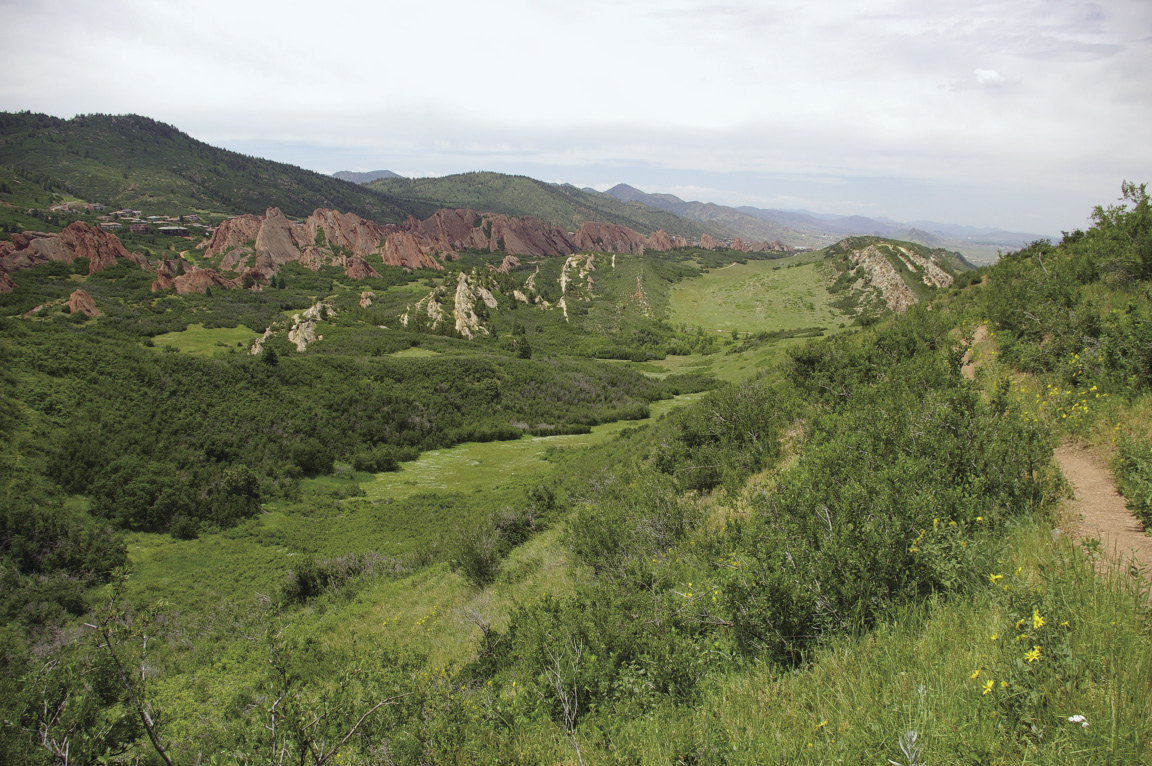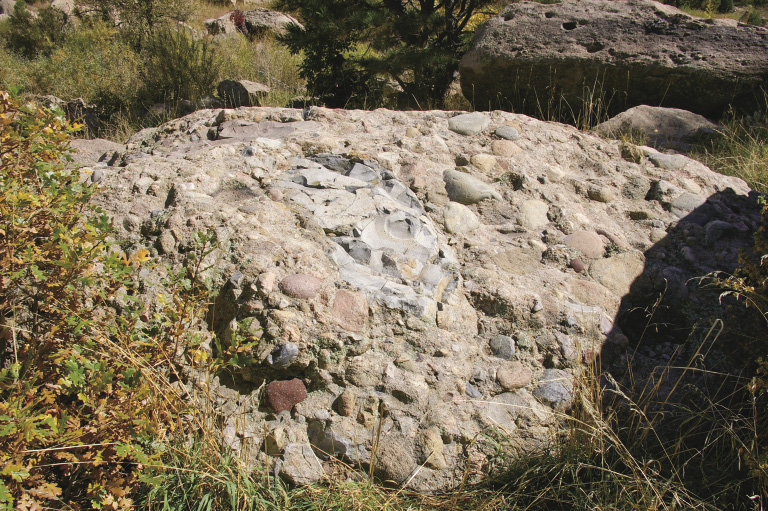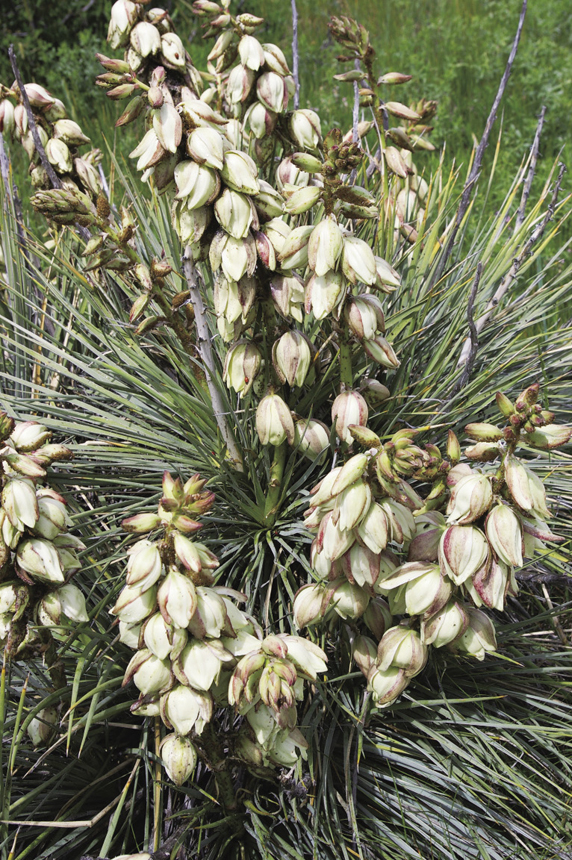The Plains

View of tilted red rocks in Roxborough State Park from South Rim Trail (Hike 8)
The Plains

View of tilted red rocks in Roxborough State Park from South Rim Trail (Hike 8)
These thirteen hikes explore a geological wonderland of tilted rocks rising like spear points and hogback ridges that provide homes for raptors and other birds. One hike takes you to fascinating outdoor dinosaur and ancient life exhibits, while another offers great wildlife-viewing opportunities.
The plains are those “flatter” areas east of the foothills and include mesas that rise from the plains. Hikes start as low as 5,000 feet and rise to 6,860 feet. They vary in length from 0.85 to 8.4 miles. With temperatures reaching over 90°F in the summer, hiking these trails is best done either during early summer mornings or in the spring and fall. Most trails are hikable year-round except after a big snowstorm.
To understand the plains today, let’s head back in time. About 355 million years ago, Colorado sat near the equator. The Ancestral Rockies were uplifted from the seas and formed part of the supercontinent Pangaea. As time progressed, the mountains eroded. The present Rocky Mountains were uplifted starting 70 million years ago. As they rose, the bordering land arched, creating hogback ridges. Erosion wore away softer materials, leaving some interesting tilted rock formations like the flatirons near Boulder and the freestanding rocks in Roxborough State Park and South Valley Park. Volcanic activity 25 million years ago created plateaus and several mountain ranges. As the mountains eroded, the debris pretty much buried them. Then 25 to 5 million years ago, the entire region began to rise 5,000 feet to its present high elevation. Streams washed away the accumulated debris.
Prehistoric Native Americans wintered among these interesting rock formations and hogbacks starting about 12,000 years ago. Stone hunting blinds in the alpine tundra date back 7,500 years. By a.d. 100 these people made pottery and hunted with bows and arrows. Each summer they crossed the Continental Divide to hunting grounds in North Park, Middle Park, and South Park. After a.d. 1300 other Native American groups like the Cheyenne and Arapaho moved into the eastern plains. Later ranchers and farmers tried to tame the land to produce food for hungry miners and city-bound entrepreneurs. Today’s parks were mostly obtained from private landowners.

A chunk of Castle Rock Conglomerate in Castlewood Canyon State Park (Hike 11)
Signs are posted at many trailheads that warn of rattlesnakes and to stay on trails. The snakes are easier to see on trails than off in the grass and bushes. The signs explain that snakes will usually slither away as you approach, but keep an eye open, especially if you’re hiking with a dog. Some rattlesnakes will just look at you and not move.
Enjoy hiking in these special areas. They provide habitat for a variety of wildlife and birds, so look around while hiking. You may spot a deer in the bushes, prairie dogs yapping a warning, or a raptor soaring overhead.

Yucca, a member of the lily family, in bloom